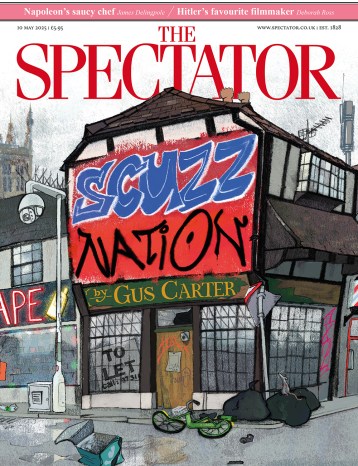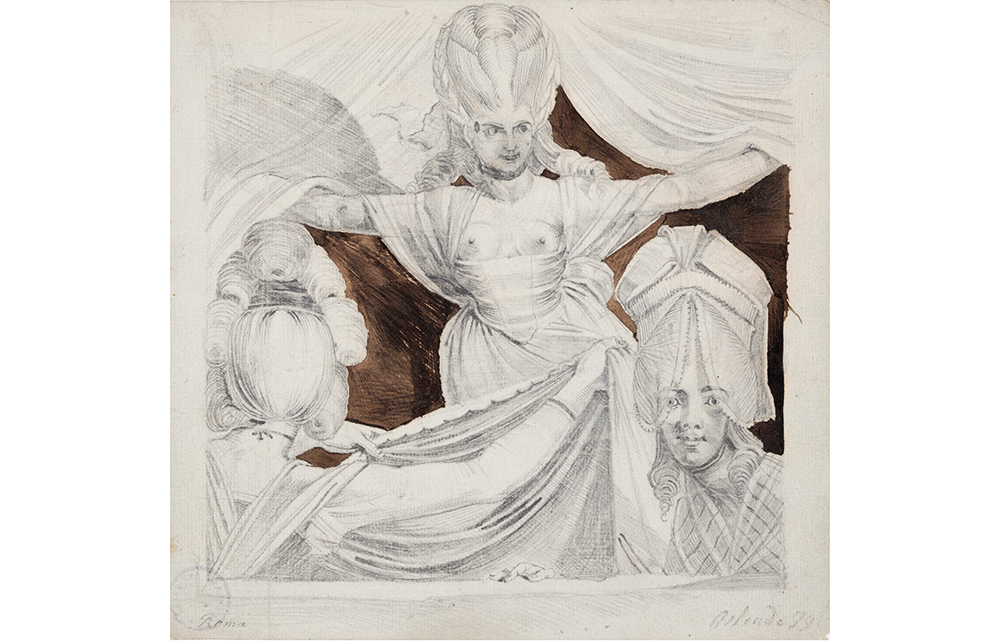It’s not until you see this exhibition of drawings by Henry Fuseli that you realise that most artists have really not done anything like justice to women’s hair. Fuseli was obsessed with it, particularly that of his wife Sophia, a former artists’ model 20-plus years his junior. Hers was wildly extravagant even by the standards of the time – late 18th, early 19th century.

Disagree with half of it, enjoy reading all of it
TRY A MONTH FREE
Our magazine articles are for subscribers only. Try a month of Britain’s best writing, absolutely free.
Already a subscriber? Log in







Comments
Join the debate, free for a month
Be part of the conversation with other Spectator readers by getting your first month free.
UNLOCK ACCESS Try a month freeAlready a subscriber? Log in